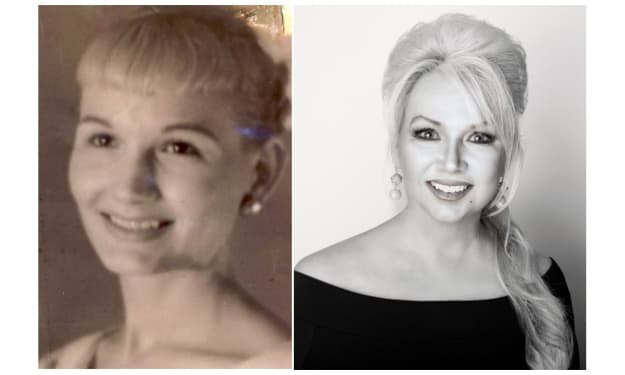Why won't media publish my article?
Something's wrong with this picture!

Having been in public relations and marketing for more than 25 years I have heard this question a zillion times. Well, maybe not a zillion, but at least a million! Why won't they publish my story?!
Even though in this day and age, newspapers seem obsolete, this is not true of your local community newspaper. Local papers will always be relevant because they reflect the culture and goings-on of the community. And, they want your stories!
Beginning my pr/marketing career as an editor of a local newspaper I learned early on why your story never made it to print. After being recognized as Editor of the Year for a community newspaper group comprising of 32 local communities, I longed to teach the average person how to submit a story.
1. First know that the local paper wants your story. The paper employs just a few reporters, and I'm speaking of maybe one or two. They are looking for your submission.
2. Make sure your story includes the basics like: who, what, when, where, how and why as well as your personal contact information. I cannot tell you how many great stories never saw ink because I could not contact the person submitting the story to ask a few basic questions. Others that included their contact information not only was their story included in the newspaper but they were given front page and an amplified version of what they submitted because the story was that good! But if you do not include contact information then the story falls to the editing room floor!
3. Be deliberate in your presentation. Type or clearly write out what you are sharing. I have had submissions written on back of used envelopes with nearly impossible handwriting to decipher. Be clear in content and presentation.
4. A photo is an absolute must. Let me restate, a photo telling the story of the story is an absolute must. As in the photo in this article about a book donation. The photo is not of good quality. All photos must be a high-resolution. Your phone will actually ask you how to save it, ie Small, Medium or Large. Choose large! This helps with translating the photo to a pixelated version in ink. The photo also has to be compelling. As in the photo attached to this article, I would have rather seen a photo of this man and woman hoisting a box of books filled to overflow with great big smiles on their faces. Or get the students involved catching books as they spill out of the box or at minimum someone holding up a book. In this photo all we see is a man and a woman and the man's head is chopped off! Let your photo be a verb not a noun! Let's see some action so people will be more inclined to read the story. Also bright colors are best. Only a few pages of your local paper are in color. If your photo is bright and engaging, it my be printed on a color page!
5. Use your logo if you have it! Newspapers will not publish your logo as an image to go along with the photo, but they will publish a photo that shows a person's shirt displaying the logo of the school or the charity as referenced in this photo. You can also have the photo taken outside in front of the school name or entrance. When someone looks at your photo they should be able to intuit what is going on. Just two heads together does not tell a story!
6. Identify the people in the photo. Your photo, thusly your article, will not be published if you do not identify who is in the photo. State the name, title and affiliation of the person in the photograph. For instance, John Brown, headmaster of the famed Winston School, stands with Annette Bates of the Everybody Reads literacy project. Even better if they are wearing bright colored shirts with their appropriate logos.
7. If you are submitting a hard copy photo ALWAYS put your contact name and number on the back of the photo. Photos can drop out of envelopes and the editor doesn't know what story it is to pair with especially if it is a nondescript photo as the one here. Also, do not expect your photo to be returned. So if you are submitting an heirloom photo of your great grandfather, be sure you have an additional copy as the one you submit will never be returned.
8. Your story doesn't need to be perfect as likely your submission with be edited. That being said, if your story takes too much editing, has too many moving parts or if there is no contact information, then the story will be canned.
9. It's also good to follow up to your submission. Yes, the editor will be busy and you may not get to speak with them about your story, but follow up with a voice mail or email. This gives them a heads up that you value what you submitted.
10. After that initial call, be patient. It might take several days or weeks for your photo to make its way to the printed page.
It is always fun seeing your story in print and for all your neighbors to see. If you have a story idea or wish to submit your own story, most often your local community newspaper is waiting for you to submit!
Donna Wick, PhD
Publicist/Media Strategist
DW OMNIMEDIA
832-790-2879 / [email protected]
WWW.DONNAWICKOMNIMEDIA.COM






Comments (1)
I really enjoyed reading your article. This was very informative, and I'll be incorporating this into my query letters when I submit my book. Thank you.